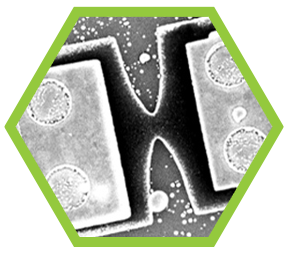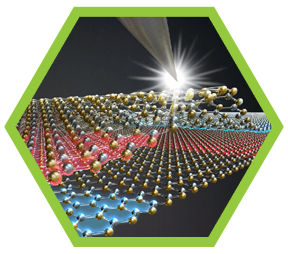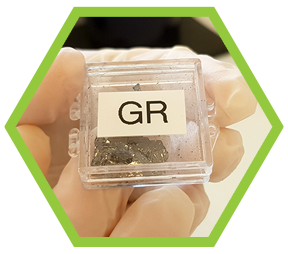- Tel Aviv University
We use layered crystals like graphite, that form strong covalent bonds in one plane versus a relatively weak “van-der-Waals” attraction between the different planes.
Out of these layered materials we isolate very thin flakes of only one atom thick crystals – like graphene. The physics at this extremely two-dimensional limit is typically different and very interesting.
It is also possible to recombine flakes from different materials one on top of the other (like LEGO blocks) to make novel artificial structures, where we expect fascinating electronic, mechanical and optical phenomena.

Einstein with Dirac equation on the board
(by Maayan Vizner)

The unit cell of layered materials can stretch by ~ 20% without breaking, which is much more than the typical breaking strain of other crystals.

The quantum Hall effect and superconductivity are two remarkable examples of matter excitation traveling over macroscopic distance with no dissipation.

Superconducting quantum interference devices are made by coupling two superconductors across a non-superconducting medium. In a previous work graphene was demonstrated to serve as an excellent such medium.
In our research, therefore, we also try to realize conceptually new systems, or to push the well known systems into new configurations. In particular, where we expect interesting correlations and interactions between the particles.
The fact that it is very hard to predict what type of orders and phenomena will emerge in these cases, makes the experimental observations both fascinating and crucial.
Femto-Nano Lab, Ariel Ismach Lab and Dagan Group
Dr. Fucai Liu
Theory: Eran Sela, Moshe Goldstein, and Roni Ilan.
Using layered crystals that can be artificially stacked together into variety of such mediums we pursue our (hopefully innovative) ideas, where we aim to create and explore new phenomena in novel, previously unavailable, environments.